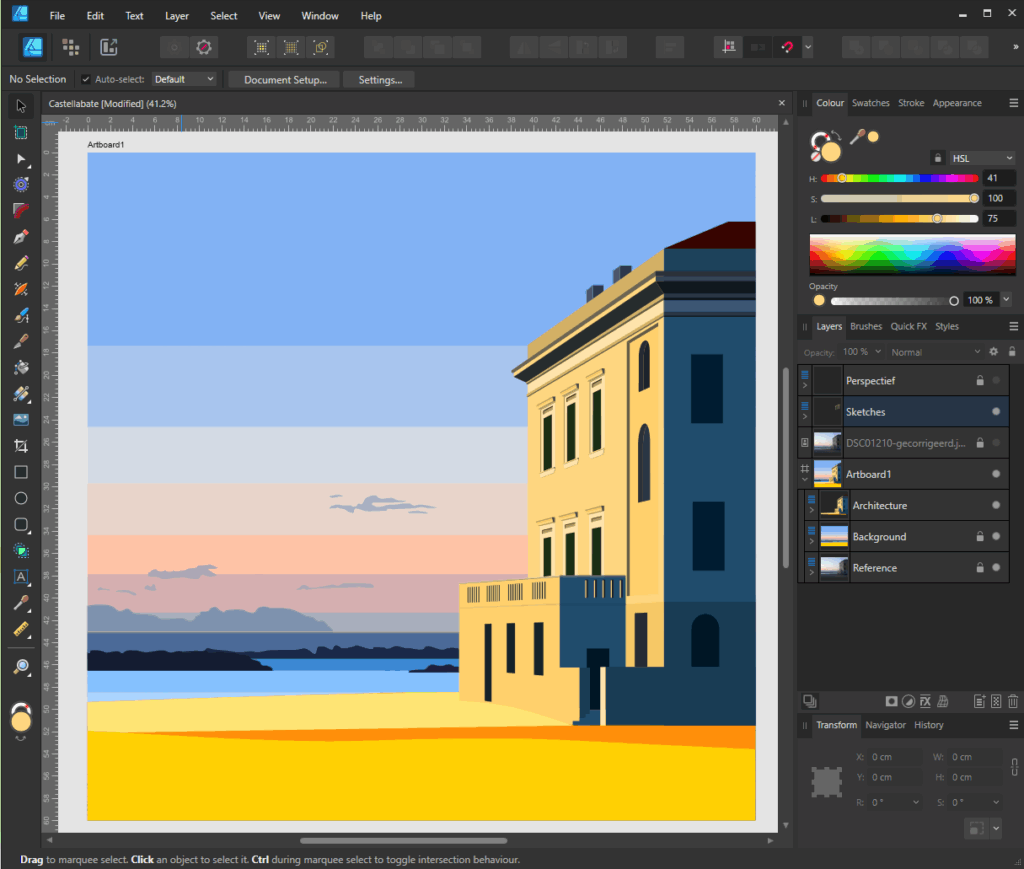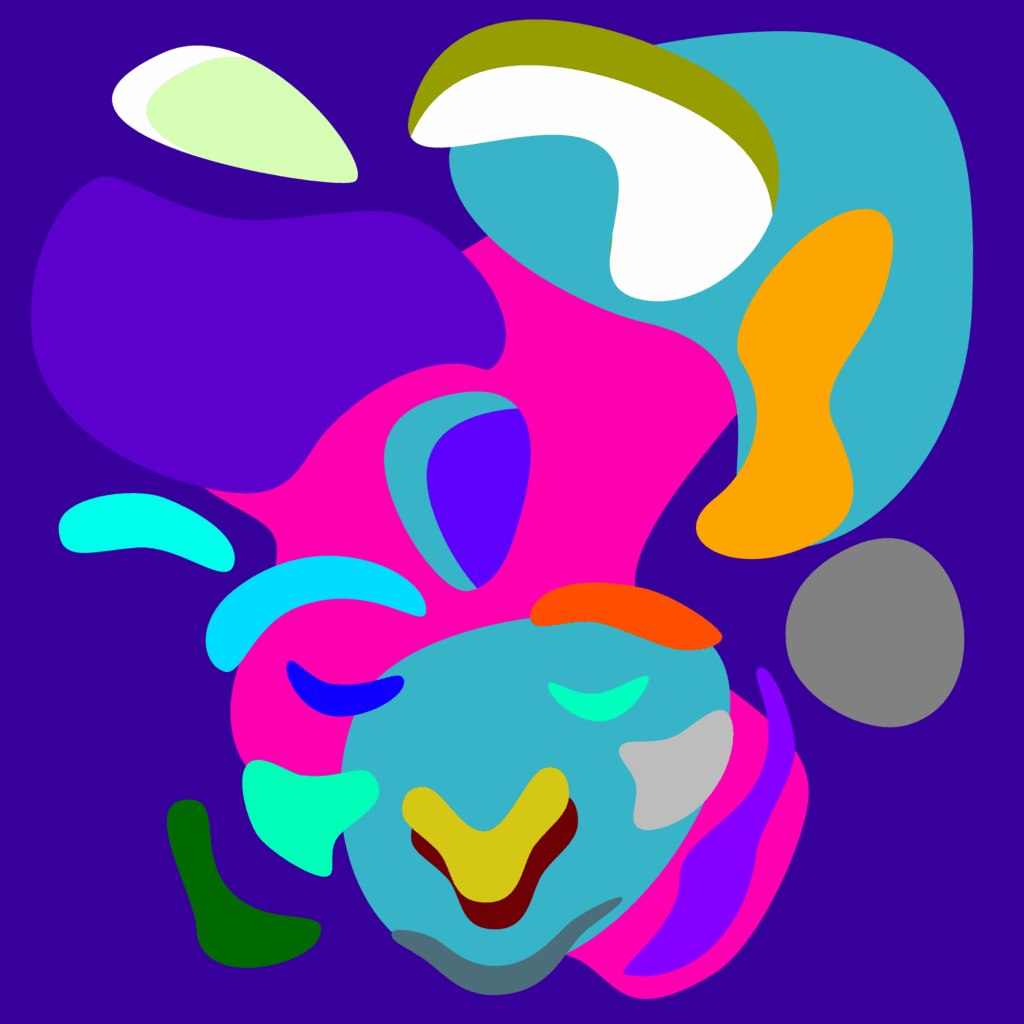This piece, originally titled ‘Why’, was intended to express my inability to understand mass psychosis. Since puberty, I have been baffled by our collective cruelty. Pogroms, the Holodomor, fascism, state terrorism, the lust for war — you know what I’m talking about. I think I understand now. After all these years. All it’s mechanisms are triggered in real time all over the world.

What frustrates me is that by proxy, I am cruel too. I see no way around it. I am complicit through our collective cruelty. Whether I like it or not, I am personally liable for it.
I used to be able to avoid taking responsibility for that cruelty. I read about it in newspapers reporting on events in other parts of the world. I learned about it in history books about other people’s wars. I studied philosophy books about other people’s madness. But as the world gradually and inevitably changes, I find myself being sucked into a dark era. And it is becoming part of who I am.
So, ‘Why’ evolved into ‘How’. The question is no longer why, but how much of it is mine. This festive piece of typographic art is about just that.
The piece has evolved over time. It began with the word ‘Why’ written in code. While working on it, the phrase evolved into ‘Why are you cruel?’ After some iterations, it turned into ‘How are you cruel?’, which led to its final state: ‘How cruel are you?’.
Interestingly, this process reflects my dawning realisation that I am complicit.

Cheers, Ingmar












